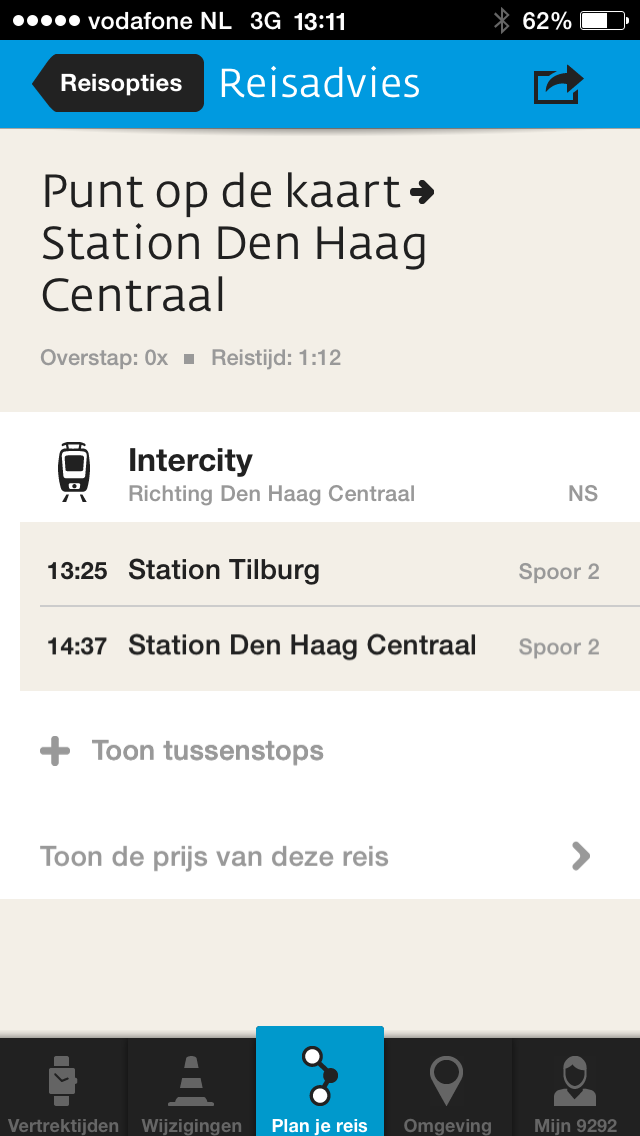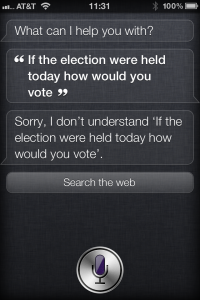I think we are waking up. From my limited perch, it appears sudden clarity is emerging in businesses. The past months I have been privileged to work with clients who get it. The rebels deep within their walls are being heeded, funded, and presented with the intractable questions. Having tried everything in the MBA kit bag, they are willing to consider almost anything. One caveat before I go further. Chief Financial Officers still set the de facto business strategy for too many companies. The urgency behind the upcoming Transition Economics gathering in St. Louis is not dissipated. When considering this piece, I hesitated often because I do not want to come across as Utopian. Nevertheless, in my narrow field of knowledge management, for specific firms, something interesting is happening.
'Our market/employees/customers are changing in ways we cannot accommodate with our current processes, technologies and strategy.'
They are realizing that humans are not resources, information is not knowledge, and processes are fundamentally flawed guesses about the future. Just as problematic, and difficult to uproot: their information technology has been solving the wrong problem.
We have crafted entire industries and technologies to 'manage *' where * equals 'knowledge,' 'information,' content,' 'innovation,' etc. We dabbled in something we called "decision support systems" for generations, up until today, without understanding a critical question: how are decisions made?
We decided people must be as rational as machines, whether we said that openly (outside of the dismal science) I do not know. But that must have been the conviction behind things like taxonomies for 'browsing,' forcing new information into buckets that defined how our company sees its world. These are useful mechanisms for jobs where checklists are the best decision support tool. The last time I developed a taxonomy, it was for an HR department who wanted to ensure their far-flung workforce applied established policies consistently. In my view, this was a reasonable use for a taxonomy (although best integrated with tools for folksonomy). However, they are misleading for circumstances where humans face most problems. "Fixing search" or "refreshing the taxonomy" fails to address the core problem.
My thesis is this: we have spent generations developing information technology tools that address little more than how machines talk with other machines. As for how humans use information to make decisions - this was left to "change management," or waved off as "cultural barriers." The presumption: Craft the human to fit the machine, and value will ensue.
There is a tangential issue here, that I raise often in offline conversations. For most (not all) Chief Information Officers (CIOs)- the measure of success is highly reliable and secure systems. Uptime and availability matter most of all, and monetary rewards accompany an uninterrupted experience. Put another way - CIOs will score "blue" on their performance evaluation if they kill all their users. Humans are the messy actors in an otherwise soaring career choice. Consider how technology procurement and policy is influenced by this simple truth.
Consider the mantra for information management, sometimes blindly asserted as the goal for knowledge management: "delivering the right information to the right people at the right time." This noble-sounding vision has launched a thousand portals - and is wrong in every dimension. To borrow from a long-ago colleague: it is "spherically incorrect." The underlying presumption is one of prediction. That the designers and developers of an information system somehow can know what the right information is for any given stakeholder, in any possible circumstance - is true only for the simplest of problem sets. "OK, Glass - how do I fix a flat tire?"
Now consider how decisions are made - individually, driven by experience, emotion, unconscious biases, filters, and mood; in a group, driven by social dynamics, agendas, fear, reputation, consensus, et al. For any interesting problem set; the best tool for decision-making is the right conversation at the right time with the right people. This is true for classrooms, National Security Council meetings, design studios, auto showrooms, diplomacy, boardrooms, and lovers. And everything in between.
I believe we are starting to wake up to this understanding. What works everywhere else in our lives just may be crazy enough to work in our businesses. It may be worth a shot.










 The phone in this image was designed by someone who never considered that a user would need or be able to "dial their own number." Instead, you would pick up a phone and hear a voice.
The phone in this image was designed by someone who never considered that a user would need or be able to "dial their own number." Instead, you would pick up a phone and hear a voice.